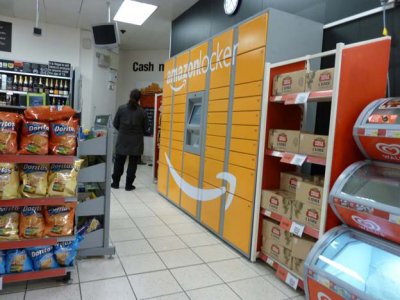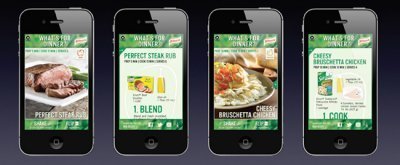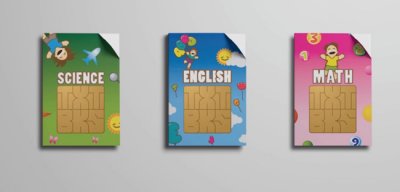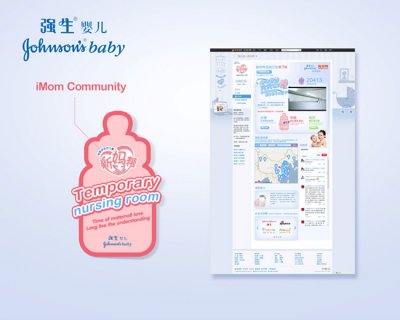Mobile apps, wearable devices and sheer innovative thinking are enabling marketers to find new ways to fulfil consumer needs. I've dug into the Warc archive to showcase examples of brands that have implemented 'solution' or 'practical' marketing that puts convenience and customer service at the core.
Art Series Hotels: Overstay Checkout
Art Series Hotels, an Australian boutique hotel chain, found that a major pain point of leisure travellers was the 11:00am checkout which was standard across the industry. In response, they developed the "Overstay Checkout', an innovative new checkout system based on hotel capacity, which meant guests would only have to check out when the next guest checked in. This customer-friendly message was promoted everywhere from social media to hotel door-hangers. The campaign was tremendously successful, and the idea was recognised globally as a genuine innovation in the hotel industry. It was a win-win situation: creating value for the consumer while solving the hotel's unsold inventory problem.
Pantene, the hair care brand, used contextually based mobile advertising, real-time location-based data and strategic partnerships with Walgreens, the US pharmacy chain, and The Weather Channel to address a key consumer pain point – ‘bad hair days’. Upon checking the daily forecast on The Weather Channel, mobile phone users were served a personalised "haircast" with suggestions for the most appropriate Pantene product to suit the conditions outside. Shopper marketing was vital - the tie-up with Walgreens (where sales increased by 24%) smoothed the path to purchase, and consumers received relevant discounts and rewards.

Disney, the entertainment brand, has developed the MagicBand, an RFID wristband that enables visitors to Disneyland Florida to conveniently plan out their entire experience. The MagicBand allows users to book rides, seats and restaurants in advance, and serves as a room key, mobile wallet and entry pass. It helps reduce queueing times hence tackling many pain points for visitors in a personalised and convenient way.
Online shopping is undoubtedly convenient but one aspect that can be an issue is the delivery/collection process. Rather than have to wait for items to be delivered to their home or work, retailers such as Amazon give consumers the option to pick up deliveries from convenient locations. Amazon Lockers are located in shopping centres, office blocks, transport sites and third party retail stores. This option gives people greater choice at the final stage of the customer journey.

TUI UK & Ireland: MyThomson app
Thomson holiday’s MyThomson app allows customers to use the app to explore their holiday destination; view images of their hotel and resort, check out local excursions or resort information; book essential travel ancillaries like airport parking or foreign currency; check weather reports and much more. Engaging with customers in a helpful way led to 136,000 downloads within 11 weeks, and 8,500 daily logins, with customers logging in three times per day on average.
Running out of mobile phone battery can be a major inconvenience so in May 2013 Nivea, the skincare brand, ran an ad for sunscreen in Brazilian lifestyle magazine, Veja Rio, which featured an ultra-thin, solar-powered charger and dock that enabled readers to charge their mobile phone via sunlight. This generated publicity, met a consumer need, and utilised print media in a new and innovative way.
Brands such as Lowe’s, the US DIY giant, are using Vine, the micro-video site, as a customer service tool. The retailer demonstrates how to overcome common DIY problems by posting helpful bite-size clips on Vine.

Knorr, the savoury foods brand, wanted to help Canadian mums with children under 12 discover new and inspiring meal solutions. Knorr created a series of recipe cards and customised meal solutions which were promoted pre-shop, in-store, and post-shop. Collaboration with the Food Network and Canal Vie TV channels helped Knorr reinforce the message that it is an inspiring cooking partner for Mums.

Looking beyond convenience and customer service, brands are also finding solutions to deeper, societal issues.
Smart Communications, the Filipino telecommunications company, leveraged old mobile phones to improve the public educational system where children as young as seven carry up to 22 books to school every day. Smart partnered with respected textbook authors and publishers to refine official school texts into 160-character messages to 'make text light and easy'. Students simply inserted the SIM for the required subject on an old feature phone, then read the lessons programmed into the inbox - turning the mobile into a textbook. Smart literally lightened the load and helped raise school attendance, which climbed by 95%.

Johnson's Baby: Pump It Forward
In China, over 50% of mums belong to the group called 'work and pump' mums. After three months' maternity leave, these mums have to pump their breast milk at their workplaces in order to bring it home to their babies for the next day's feeding. Due to the shortage of designated nursing spaces these mums have to hide in offices to pump the milk for their babies. So Johnson’s Baby launched a social movement called 'Pump It Forward' to gain better breastfeeding environments for ‘work and pump’ mums. This involved creating ‘work and pump’ reusable stickers, which were delivered to mums to create temporary nursing rooms and a short video to raise awareness of the issue among employers.


